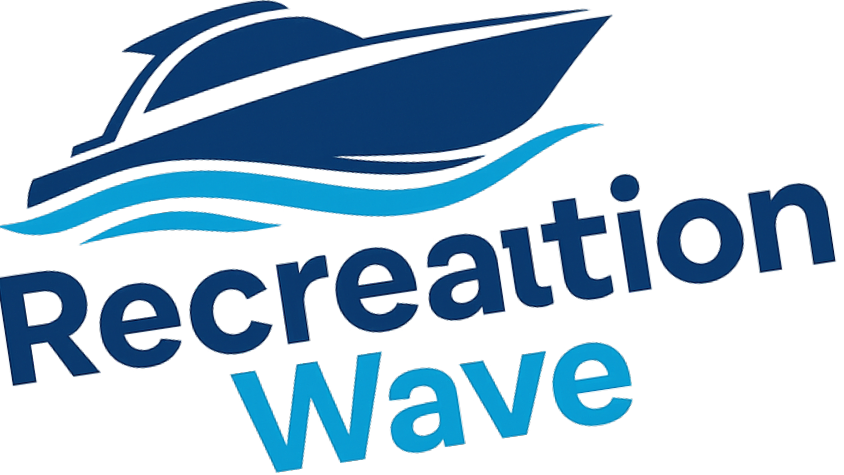
The Historic First Descent of the Klamath River
On June 11, 2025, a courageous team of Indigenous teenagers embarked on a momentous journey, completing the first source-to-sea descent of the Klamath River—a 310-mile stretch through southern Oregon and northern California. This expedition not only celebrates the environmental success of removing four hydroelectric dams but stands as a powerful act of cultural reclamation and connection to their ancestral waters.
Reclaiming a River: The Symbolism Behind the Descent
The term "first descent" may suggest a new beginning, but as Danielle Frank from the Hoopa and Yurok Tribes noted, the Klamath River has been a vital thoroughfare for Indigenous peoples for generations. "Our river has been a highway for water transit since time immemorial. Canoes have existed from the top of the headwaters down to the mouth at Requa," she explained, emphasizing that for them, this journey was about reclaiming cultural identity and honoring their ancestors.
A Journey of Preparation and Training
For the eight to twelve graders who made up the Paddle Tribal Waters team, the journey was not spontaneous. Years of training on rivers like the McKenzie and the Bio Bio in Chile equipped these young adventurers with the skills necessary for whitewater kayaking and water safety. This preparation was complemented by an Indigenous-informed curriculum that celebrated their cultural heritage while fostering a sense of community among participants.
Impact of Dam Removals on Ecosystems and Communities
The monumental dam removal project on the Klamath River has ushered in a new era for the ecosystem. Nearly 400 miles of crucial salmon habitat have been restored, marking a hopeful revival for the once-thriving salmon population that supported Indigenous communities along the riverbanks. The Klamath was once the third-largest producer of salmon in the contiguous United States. The health of the river, fish, and local communities are intricately intertwined, demonstrating that environmental restoration also means social rejuvenation for Indigenous tribes like the Yurok, Karuk, and Hoopa.
Voices of Pride and Legacy
Their journey culminated at the river's mouth on July 11, where a ceremonial circle was formed to commemorate the achievement. Ke-Get Omar Dean V, a member of the Yurok Tribe, articulated the sentiments of many when he said, "I feel so proud to have completed this trip. I got to honor my grandma’s legacy in her fight for dam removal." This is not only a story of adventure; it is a testament to resilience, honoring those who fought for a free-flowing river.
What Lies Ahead for the Klamath River
The future of the Klamath River looks promising. As Indigenous advocates continue to push for environmental justice, the recent events mark an important step toward sustainable stewardship. With the ecological balance being restored and a new generation of water guardians trained, we are witnessing the potential for both ecological recovery and cultural renaissance. The implications go beyond just the river—it's about ensuring that this collective knowledge and respect for nature is passed down.
The Call for Community Support and Action
As we reflect on this remarkable achievement and the deep connections within Indigenous cultures, we invite everyone—whether you are a water sports enthusiast, environmental advocate, or simply someone who cares for this planet—to support local waterway initiatives. Engage with Indigenous organizations, learn more about their practices regarding river stewardship, and lend support to their sustainable efforts.
 Add Row
Add Row  Add
Add 




Write A Comment